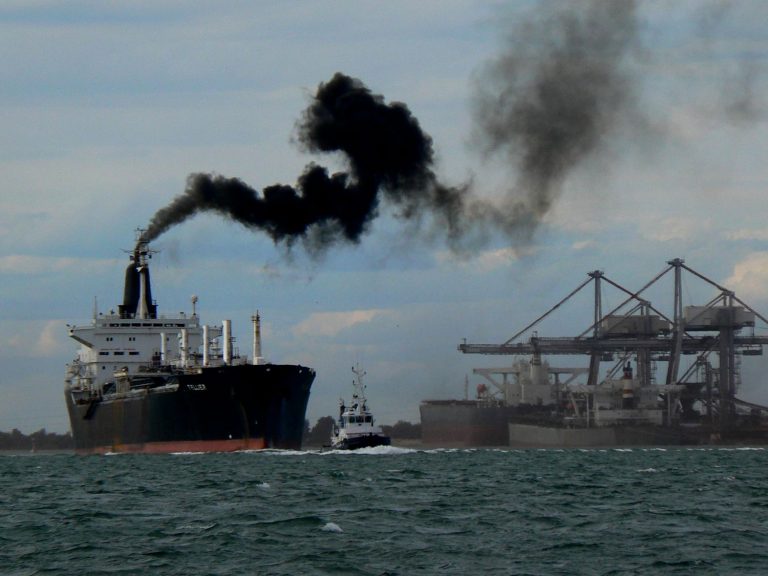
Date:
2020 bunker changes
In 2016, the International Marine Organization (IMO) agreed to limit the sulphur content in all marine fuels to 0.5% beginning in 2020, which has distinct ramifications for shippers, as carriers invest in fuel cleaning systems or switch to more expensive lower sulphur fuels.
The IMO ruling, which comes into force from the 1st January 2020, compels the marine sector to reduce sulphur emissions by over 80%.
Carriers have been looking for alternatives, such as adding on-board exhaust scrubbers or switching to liquefied natural gas (LNG) as a fuel.
Installing scrubbers would allow shippers to continue to burn high-sulphur fuel oil (HSFO), though it comes at a high conversion cost both from the capital expense of the scrubber equipment and the lost time in service while the ship is in dry dock. Switching to LNG also incurs significant up-front costs, but the biggest deterrent thus far has been concern about the availability of LNG as a bunker fuel.
The expectation had been that most vessels would switch to the cleaner fuel from next January, but it now appears that more vessels than expected, will eventually have scrubbers fitted, as operators and crew can use a fuel they know and are used to operating with and engines will be using a fuel they are used to.
While the possibility of a two-tier BAF, low-sulphur fuel or scrubber-fitted, cannot yet be discounted, a major shipping line chief is predicting that by the 1st January, only 6-7% of container ships would be fitted with scrubbers and would not need to use the new, low-sulphur fuels which lines are expected to start introducing as soon as late in the third quarter.
With the difference in price between bunkers currently in use and the new fuels possibly increasing by as much as $500 per ton, lines will be eager to pass all the costs on to shippers.
Not surprisingly the global shippers forum take a contradictory view, with their secretary general stating that sustainable solutions to the environmental challenges faced by global shippers need to be found without stifling economic growth. A measure that will incentivise technical and operational measures to reduce CO2 and not simply pass on additional costs to shippers or significantly increase transit times.Image by roberto venturini is licensed under CC
